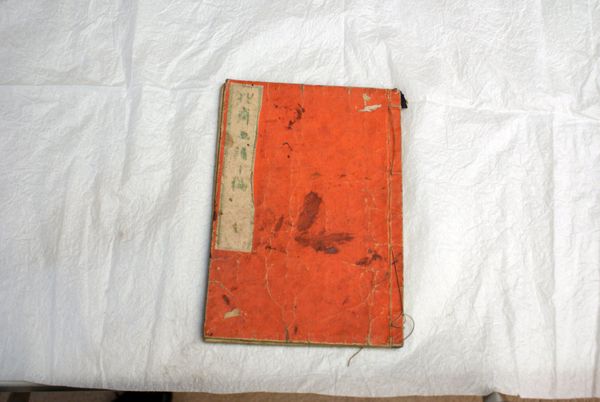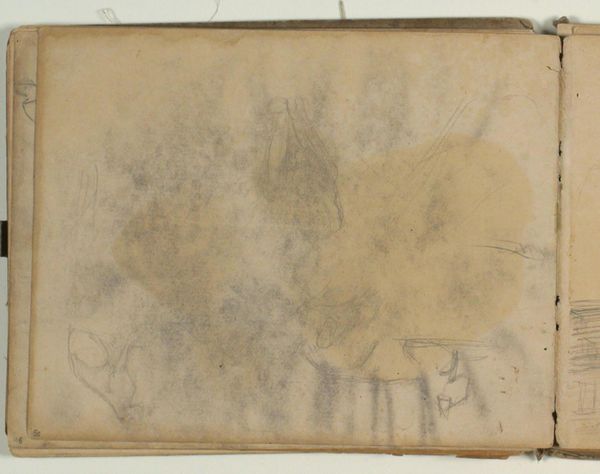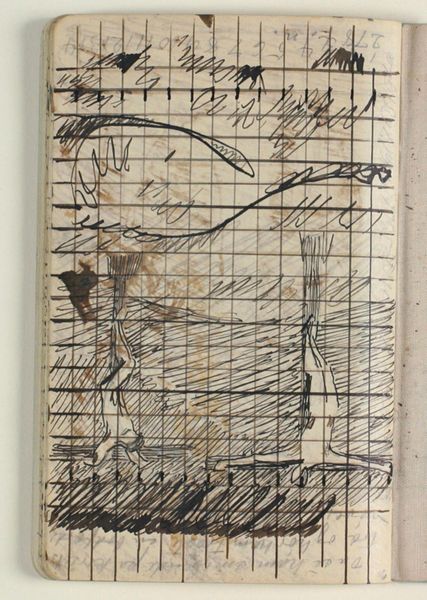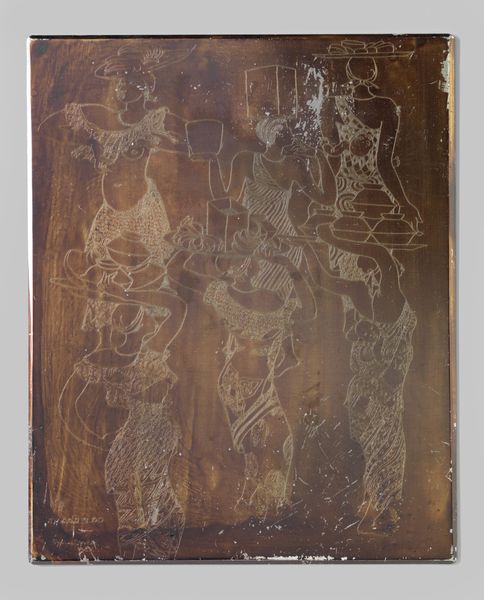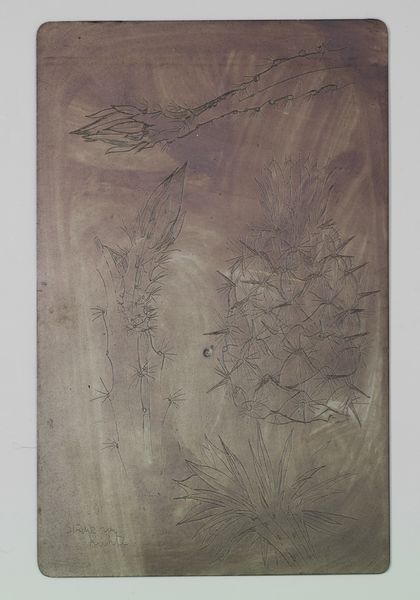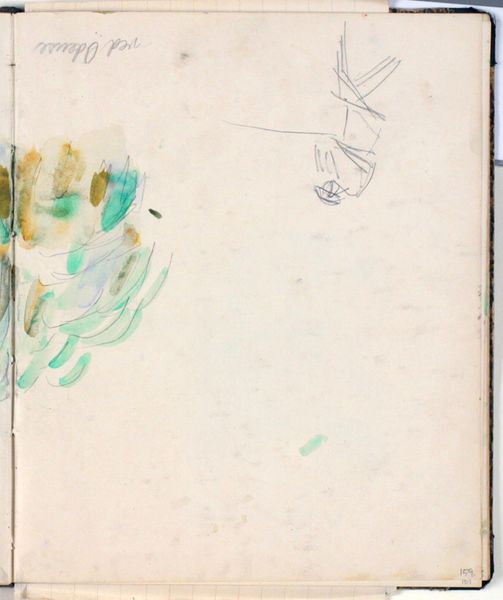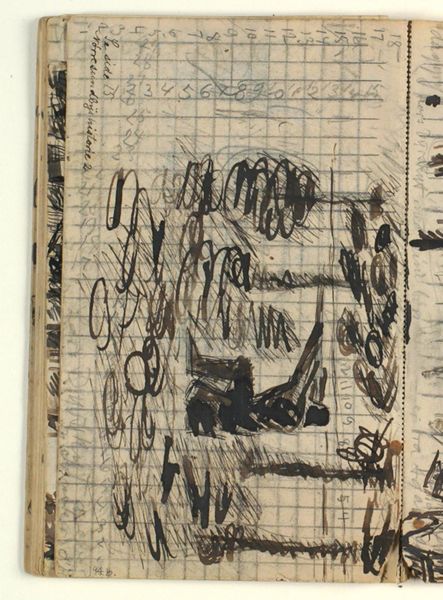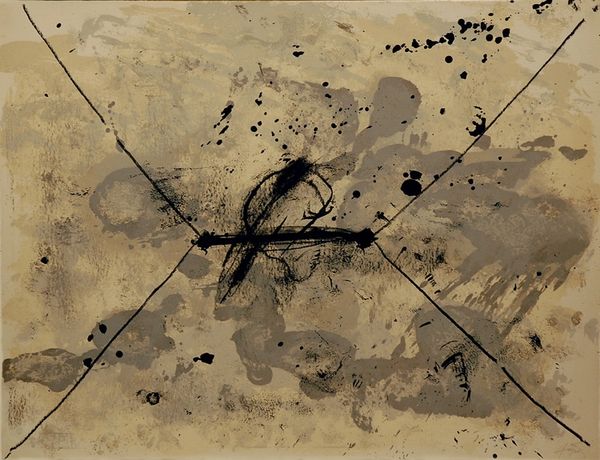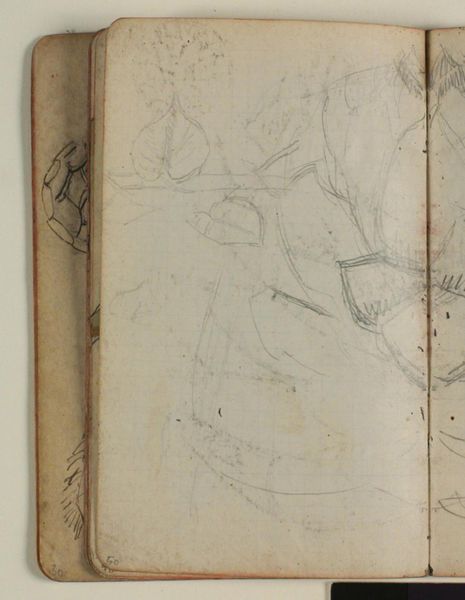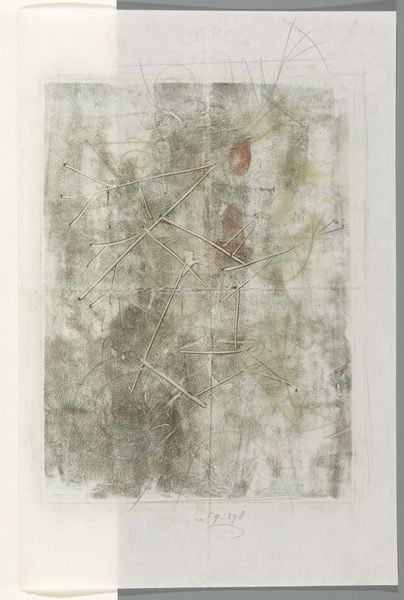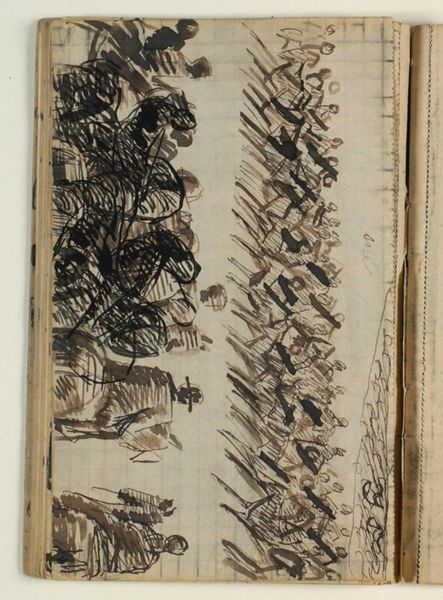
woodblock-print, print, paper, ink, woodblock-print
#
woodblock-print
# print
#
book
#
asian-art
#
japan
#
paper
#
ink
#
coloured pencil
#
woodblock-print
#
mixed media
Dimensions: 9 13/16 × 6 3/8 × 3/8 in. (24.92 × 16.19 × 0.95 cm)
Copyright: Public Domain
Curator: The artwork we’re observing is "World of Art, Volume 13," a Japanese woodblock print from 1891 by Watanabe Seitei, presently housed at the Minneapolis Institute of Art. Editor: Right away, I'm struck by the feeling of rustling and quiet observation it brings. The composition makes me feel like I'm peering through tall grass. Curator: Precisely! Watanabe masterfully uses the print medium to evoke the Japanese aesthetic concept of 'fūryū' – refined taste and an appreciation of ephemeral beauty. Notice how the blades of grass aren’t just botanically accurate. Editor: No, they almost have a personality of their own! And look, the text elegantly layered on the page; they act like further stalks blending into the overall visual texture. It makes me think about the way that nature holds languages within its forms if that makes any sense? Curator: It absolutely does. The layered text isn't mere ornamentation; it’s integral. These visual text patterns and images mirror each other—consider how Asian art perceives a connection between the seen and unseen. Also, Watanabe might have meant to play with the idea of hidden knowledge found in both text and the landscape Editor: I like how muted the color palette is! What appears at first glance is that very understated coloring. Yet when I start tuning into the many shades of cream and faded brown I almost hear echoes in the landscape; memories contained within its very lines! Curator: A keen observation, The shades certainly enhance the theme of fleeting beauty! Consider, that at its heart "World of Art," volume thirteen represents a preserved moment within the relentless passage of time Editor: Seeing the stitching along the side and how fragile the cover appears certainly hits home just how age breathes beauty. Almost like nature always claims even artistic efforts to their origins Curator: Absolutely. It encourages reflection, in much the same manner of Japanese aesthetics. What we see is how time itself marks all we see around us. The stitching shows it as if binding itself together, or allowing stories to continue beyond that image or moment within a still point. Editor: Looking at the artwork makes one more contemplative and aware, perhaps like wandering outdoors in nature itself! Curator: A journey worth taking for deeper contemplation, wouldn’t you say?
Comments
No comments
Be the first to comment and join the conversation on the ultimate creative platform.
